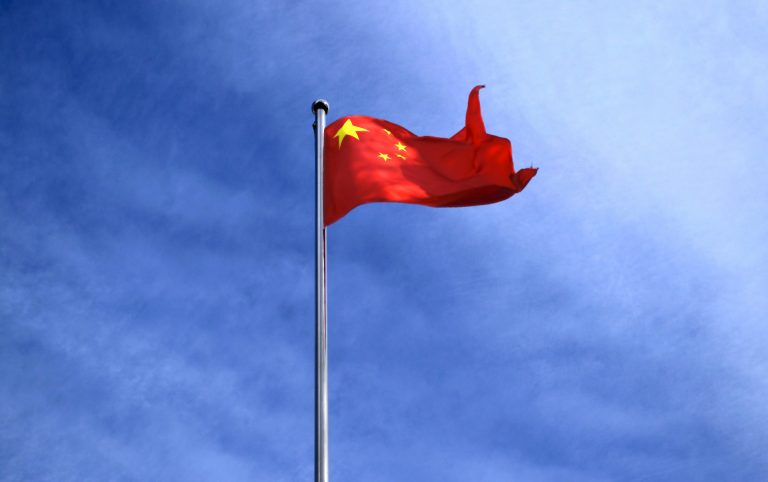What’s The Best Way to Enter the Market in China?

So many Brands, Firms are asking me the same question… What’s The Best Way To Sell in China ?
What is the secret …
Cost-Effective Agency
KPI and Results focused. We are the most visible Marketing Agency for China. Not because of huge spending but because of our SMART Strategies. Let us help you with: E-Commerce, Search Engine Optimization, Advertising, Weibo, WeChat, WeChat Store & PR.
There is no secret … but best practices
Entering the Chinese market can be a complex yet rewarding endeavor for businesses looking to expand their global footprint. As of 2024, the Chinese market continues to evolve, presenting unique opportunities and challenges. This article aims to guide businesses through this dynamic landscape by providing an introductory overview,
10 practical tips, and an in-depth analysis of the challenges faced in the Chinese market.
Introduction to the Chinese Market
The Chinese market, characterized by its vast consumer base and rapidly changing economic landscape, offers immense potential for businesses across various sectors. However, navigating this market requires a deep understanding of its cultural nuances, regulatory environment, and consumer preferences.

10 Tips for Entering the Chinese Market
- Understand China: Grasping the cultural and social norms is crucial for building relationships and effectively communicating with Chinese partners and customers.
- Local Regulations: Ensure adherence to China’s complex regulatory environment, including laws related to business operations, taxation, and data security.
- Localize Your Products: Tailor your products or services to meet the unique preferences and needs of Chinese consumers.
- Build a Strong Local Network: Establishing connections with local partners, suppliers, and distributors can be critical for success.
- Invest in Digital Marketing: Leverage China’s advanced digital landscape, including social media platforms like WeChat and Red, Douyin, for marketing and sales.
- Understand E-commerce Dynamics: China’s e-commerce market is one of the largest and most innovative globally. Familiarize yourself with platforms like Douyin, Tmall and JD.com.
- Protect Intellectual Property: Be proactive in securing and enforcing intellectual property rights in China.
- Adapt to Fast Market Changes: Stay agile and ready to quickly adapt to the fast-changing consumer trends and market dynamics.
- Focus on Quality and Innovation: Chinese consumers increasingly value high-quality and innovative products.
- Consider Tiered Market Strategy: Recognize the diversity within China and consider different strategies for urban and rural areas, or for different regions.
Read more
Navigating the Chinese market
Navigating the Chinese market is like playing a high-stakes game of chess – you need strategy, foresight, and an understanding of the local players. Let’s dive into some of the key areas with practical examples and tips to master this game.
Rivalry with Homegrown Heroes
Challenge: Think of local Chinese companies as chess grandmasters in their home turf – they’re often government-backed and deeply rooted in the local culture.
Example: Like trying to beat Alibaba in e-commerce or WeChat in social media; it’s a tough battle.
To compete, bring your unique knight to the chessboard, but respect the rules of the game.
Intellectual Property: The Art of Defense
Challenge: Protecting your intellectual property (IP) in China is akin to guarding your queen in chess. Example: Apple’s constant battles over trademarks and patents.
Stay vigilant and proactive – a strong defense can be your best offense.
Riding the Wave of Consumer Whims
Challenge: Chinese consumer preferences shift faster than fashion trends in Milan.
Example: The rise of health-conscious products in recent years.
Keep your finger on the pulse – today’s hot product could be tomorrow’s old news.
Tech Race: The Need for Speed
Challenge: In China’s tech scene, standing still is moving backward.
Example: The rapid adoption of 5G technology across China.
Innovate relentlessly – if you’re not advancing, you’re retreating.
Economic Seesaws and Political Winds
Challenge: China’s economy and politics are like the weather – unpredictable and can change the game overnight. Example: The unexpected regulatory shifts in China’s fintech and private education sectors.
Stay agile and weatherproof your strategy – adaptability is key.

10 Tips for Finding Your Ideal Chinese Partner and Making a Splash
- Leverage Credibility: Build trust by associating with reputable local entities.
- Create Supportive Documentation: Ensure all your materials are available in Chinese – think user manuals, legal documents, marketing collateral.
- Launch a Targeted PR Campaign: Use local media to build your brand presence.
- Showcase Success Stories: Share testimonials from satisfied local customers.
- Hire Local Savvy: Employ local experts for internal consulting and insights.
- Dip Your Toes First: Test the waters with pilot projects or limited releases.
- Find Your Product-Market Fit: Tailor your offerings to resonate with local needs and preferences.
- Invest in Local Staff Training: Equip your team with the know-how to navigate local business customs and consumer behavior.
- Network Relentlessly: Attend industry events, trade shows, and seminars to build connections.
- Stay Compliant and Updated: Keep abreast of regulatory changes and adapt your strategy
- Bonus… Invest in Digital first .
In summary, cracking the Chinese market code demands a blend of strategic thinking, local insights, and continuous adaptation. Equip yourself with these tips, and you’ll be well on your way to winning in this complex, dynamic market.






